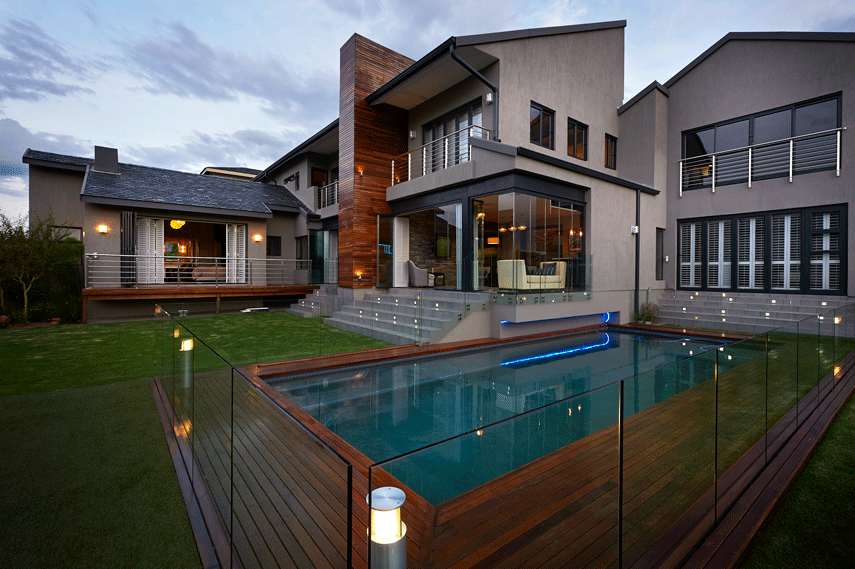When a tree is felled, it contains a significant amount of water. The percentage of liquid present in the plant’s trunk (cell lumens and cell walls) can vary depending on the wood species and the growth environment, ranging between 50% and 300%. After being felled, the first to be released is the free water contained in the cell lumens. This initial process causes the wood to lose weight without affecting its volume. When the trunk reaches moisture levels around 30%, the water bound to the cell walls also starts to emerge. This threshold, also known as the cell wall saturation point, marks the point where any further loss of liquid results in a decrease in volume (known as wood shrinkage). Wood shrinkage occurs in three different directions: longitudinal, radial, and tangential.
The moisture percentage for dried wood should be chosen based on its intended use and the environment it will be placed in. For example, construction timber needs a higher moisture percentage compared to wood used for indoor furniture. It’s important to remember that wood is a hygroscopic material, meaning it adapts to the surrounding environment by absorbing or releasing moisture until it reaches equilibrium with it. Only when it reaches the desired moisture level can wood be safely processed, as it will no longer pose a risk of cracking, fungal attacks, or the presence of insects.
Natural Drying or Wood Kilns?
To influence the wood drying process (temperature, humidity, and air circulation), there are two different seasoning processes. The first involves a natural process where lumber is neatly stacked in boards, protected from rain and direct sunlight. Spacers are inserted between rows to allow better air circulation. This drying method naturally takes a long time (approximately a year for each centimeter of board thickness). Attention must be paid to removing wood scraps, as they could be affected by fungi and pose a contamination risk to good wood. Natural drying also has other disadvantages, as it is impossible to reduce the moisture percentage below 12%, making the boards unsuitable for specific processes like parquet production. If further moisture reduction is desired, wood drying indoors, rather than outdoors, is necessary.

Contrarily, wood drying in dedicated kilns allows for a faster process and temperature regulation to optimize the drying and prevent wood cracking. Among the commonly used artificial drying methods are vacuum drying systems. Vacuum drying involves placing wood stacks in sealed stainless steel chambers, reducing atmospheric pressure, and then transmitting heat to the wood through heated panels or stack ventilation, initiating a water evaporation process.
These machines offer reliable results in significantly shorter times, allowing companies to recover the equipment costs within a few years and achieve an impressive return on investment (ROI). The new National Transition Plan 4.0 further facilitates companies considering high-efficiency machinery acquisition or replacing outdated models. This plan, a cornerstone of the Italian Recovery Plan, introduces significant changes in the Budget Law. The tax credit for investments in tangible assets enables wood industry companies to invest in research, development, and innovation, thereby enhancing their competitiveness.



